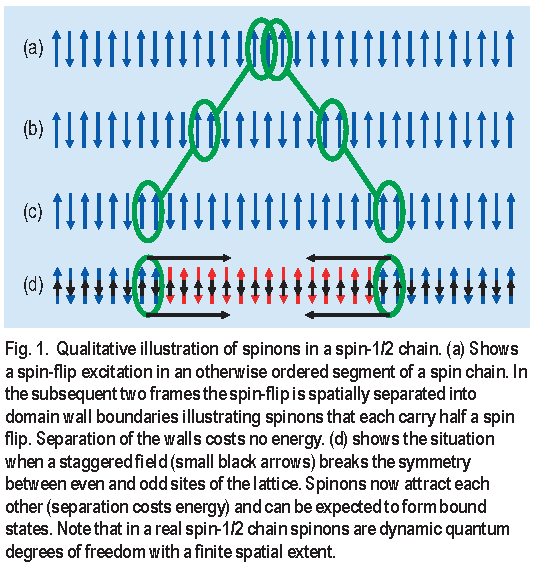D
docm
Guest
http://www.physorg.com/news168182729.html
Paper link...
Paper link...
Discovery about behavior of building block of nature could lead to computer revolution
July 30th, 2009
A team of physicists from the Universities of Cambridge and Birmingham have shown that electrons in narrow wires can divide into two new particles called spinons and a holons.
The electron is a fundamental building block of nature and is indivisible in isolation, yet a new experiment has shown that electrons, if crowded into narrow wires, are seen to split apart.
The electron is responsible for carrying electricity in wires and for making magnets. These two properties of magnetism and electric charge are carried by electrons which seem to have no size or shape and are impossible to break apart.
However, what is true about the properties of a single electron does not seem to be the case when electrons are brought together. Instead the like-charged electrons repel each other and need to modify the way they move to avoid getting too close to each other. In ordinary metals this does not usually make much difference to their behaviour. However, if the electrons are put in a very narrow wire the effects are exacerbated as they find it much harder to move past each other.
>
The challenge was to confine electrons tightly in a 'quantum wire' and bring this wire close enough to an ordinary metal so that the electrons in that metal could 'jump' by quantum tunneling into the wire. By observing how the rate of jumping varies with an applied magnetic field the experiment reveals how the electron, on entering the quantum wire, has to fall apart into spinons and holons. The conditions to make this work comprised a comb of wires above a flat metal cloud of electrons. The Cambridge physicists, Yodchay Jompol and Chris Ford, clearly saw the distinct signatures of the two new particles as the Birmingham theorists, Tim Silk and Andy Schofield, had predicted.
>
The measurements have to be made at extremely low temperatures, about a tenth of a degree above absolute zero.
>
Professor Andy Schofield from the University of Birmingham's School of Physics and Astronomy says, 'The experiment to test this is based on an idea I had together with three colleagues almost 10 years ago. At that time the technology required to implement the experiment was still a long way off.
'What is remarkable about this new experiment is not just the clarity of the observation of the spinon and holon, which confirms some earlier studies, but that the spinon and holon are seen well beyond the region that Duncan Haldane originally conjectured.
'Our ability to control the behaviour of a single electron is responsible for the semiconductor revolution which has led to cheaper computers, iPods and more. Whether we will be able to control these new particles as successfully as we have the single electron remains to be seen. What it does reveal is that bringing electrons together can lead to new properties and even new particles.'



